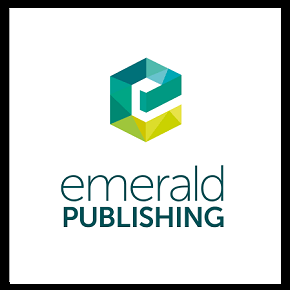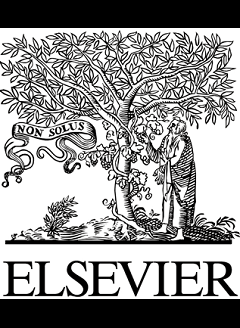دانلود رایگان مقاله مدل سازی تأثیرات ویروسی رسانه های اجتماعی در تصویب کلیشه های منفی – سال 2021


مشخصات مقاله:
عنوان فارسی مقاله:
وقتی یک برند تجاری لوکس می ترکد: مدل سازی تأثیرات ویروسی رسانه های اجتماعی در تصویب کلیشه های منفی که منجر به نفرت از برند می شود
عنوان انگلیسی مقاله:
When a luxury brand bursts: Modelling the social media viral effects of negative stereotypes adoption leading to brand hate
سال انتشار مقاله:
2021
کلمات کلیدی مقاله:
انفجار اجتماعی، انتشار اطلاعات، مدیریت برند، مارک لوکس، نفرت از مارک، Infodemic
مناسب برای رشته های دانشگاهی زیر:
مدیریت
مناسب برای گرایش های دانشگاهی زیر:
بازاریابی، مدیریت بازرگانی، مدیریت کسب و کار، مدیریت فناوری اطلاعات
وضعیت مقاله انگلیسی و ترجمه:
مقاله انگلیسی را میتوانید به صورت رایگان با فرمت PDF با کلیک بر روی دکمه آبی، دانلود نمایید. برای ثبت سفارش ترجمه نیز روی دکلمه قرمز رنگ کلیک نمایید. سفارش ترجمه نیازمند زمان بوده و ترجمه این مقاله آماده نمیباشد و پس از اتمام ترجمه، فایل ورد تایپ شده قابل دانلود خواهد بود.
فهرست مطالب:
Abstract
Keywords
1. Introduction
2. Theoretical background
2.1. Luxury brand management
2.2. Social media information diffusion
3. Methodology of research
3.1. Case research
3.2. Data collection and procedure
4. Key findings
4.1. Modelling online information diffusion
4.2. Automated text analysis
5. Discussion
6. Conclusion and future works
References
قسمتی از مقاله انگلیسی:
1. Introduction
In early 2020, the World Health Organization (WHO) developed the term “infodemic” to describe “an over-abundance of information […] that makes it hard for people to find trustworthy sources and reliable guidance when they need it”, similar to the huge number of users seeking massively information about the 2019-nCoV outbreak (WHO, 2020). To this end, WHO works 24/7 to identify the “news” that can potentially harm the public’s health (WHO, 2020). The “infodemic” concept synthesizes the velocity at which data can be exchanged among people, in a free virtual space where firms have limited control over the information diffusion process. For this reason, the diffusion of information across social media is a hot topic of investigation in many contexts. Meaningful examples are in public health to support the diffusion of vaccination, in national security to dispel the diffusion of malicious propaganda, and ultimately in marketing to promote the purchase of certain products and consumers’ loyalty. Understanding how to take advantage from information diffusion and social influence in social media has acquired an important role in brand management (Aleti, Pallant, Tuan, & van Larer, 2019; Giglio, Pantano, Bilotta, & Melewar, in press). For instance, the selection of a certain endorser (celebrity) might influence the (positive) diffusion of advertising messages on social media, due to the higher authenticity and credibility which leads to a lower resistance to the message (Casalo, Flavian, & Ibanez-Sanchez, 2020; de Vries, Gensler, & Leeflang, 2012). Through their posts, endorsers might positively impact consumers’ preference for specific brands and products, resulting in a sale increase (De Veirman, Cauberghe, & Hudders, 2017; Hsu, 2019; Stubb & Colliander, 2019). Indeed, social media marketing strategies can be successfully intergrated in corporate marketing communication (Athwal, Istanbulluoglu, & McCormack, 2019; Melewar & Nguyen, 2014). Similarly, if a social media post displays a higher number of “likes”, it is perceived to be more credible by users, resulting in more positive attitudes towards the brand (Seo, Kim, Choi, & Li, 2019). Research in this sense is largely devoted to (i) understanding the characteristics of a post to become viral and shared (Aleti et al., 2019; Arora, Bansal, Kandpal, Aswani, & Dwivedi, 2019; Check & Huberman, 2010; Jin, Zhou, & Yu, 2019; Villarroel Ordenes et al., 2019), and (ii) discover the most influential entities (influencers and celebrity endorsers), within a certain (social) network, capable to lead a product to become viral (Kiss & Bichler, 2008; More & Lingam, 2019).



